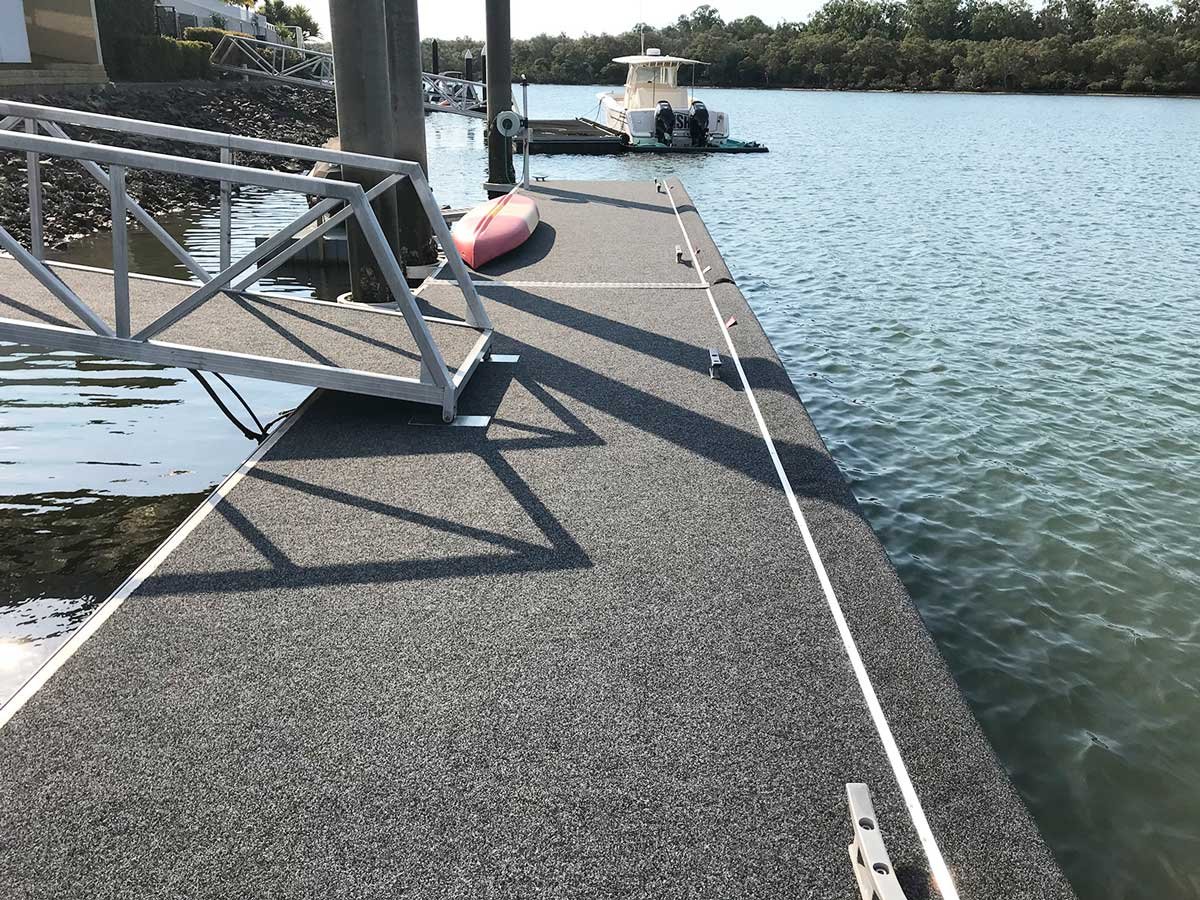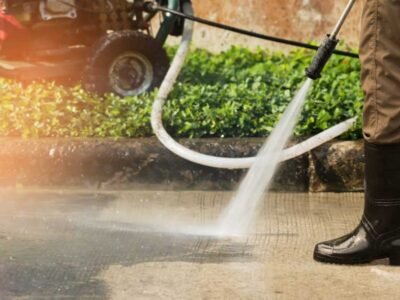Using floating pontoon technology has increasingly become popular in various situations. The technology was primarily designed to hold floating bridges but it has recently been used in other applications. Floating pontoons’ structures keep changing, and so does the general degree of reliability and durability. This implies that buyers now have a wider range to choose from than was the case some years back.
Floating pontoons are made in various sizes and shapes, however, it is good to select one type as it is easier to replace and extend. Generally, pontoons come in square shapes but the sizes can greatly vary. They are mostly made of HDPE materials (high-density polyethylene) that enhance the durability and make it easier to mold and assemble. The material also makes it possible to get simpler and cheaper designs.
Uses of Floating Pontoons
Presently, floating pontoons have an array of uses, both personal and commercial. On commercial platforms, they can be used in safety facilities, marinas, barges, open water pools, and assembly bridges. Floating pontoons are also commonly used in the fish farming sector. The aquaculture industry has also found various uses of floating pontoons as is the case with open water fisheries.
It is however less common to find floating pontoons for personal use. However, floating houses are a popular occurrence. The houses were constructed for various reasons with the most common being vacations and fishing. With enough pontoons, any house size can float but mostly, the houses are cabin quality with one or two rooms.

Using floating pontoons is generally very safe because one pontoon can be changed without interfering with the stability of the whole structure. Additionally. If your pontoon wears out or is ineffective, it can be replaced before any hazards occur. Furthermore, you can find floating pontoons for sale near you since they are convenient and can support any size, shape, or construction type.
The other use of floating pontoons is in pontoon jetties. While pontoon jetties work the same way as jetties, there is a significant difference in the construction. This is known fact that pontoon jetties apply a floating pontoon hence floating with the tides whereas jetties are made of timber and therefore stay in a fixed position.
Even though the difference might sound like a slight one, it is significant enough to make floating pontoon jetties more popular than standard jetties. Nonetheless, besides this benefit, you have numerous other advantages of having a pontoon jetty instead of a regular jetty as outlined below.
-
They are Safe
The floating nature of floating pontoon jetties makes them safe in all weather conditions. It can endure a storm devoid of resistance from the water and whether the tides are too high or too low, your boat will not be destroyed but instead, it will stay in the water.
-
They Adjust With the Level of Water
The main difference between standard jetties and floating pontoon jetties is that the latter float on water. This implies that can incredibly adapt to low or high water conditions. You do not have to be worried about the water level because a floating pontoon jetty will always be above the level and it cannot be submerged.
-
They Are Durable
The jetties are made of strong, durable components like concrete, marine-grade aluminium, and polystyrene covered in a high-density polyethylene liner. This makes the jetties more water-resistant than the standard ones made of timber.
As outlined above, owning a floating pontoon jetty is an incredible idea and if you have been thinking of getting one, you can go right ahead in search of floating pontoons for sale.















Comments